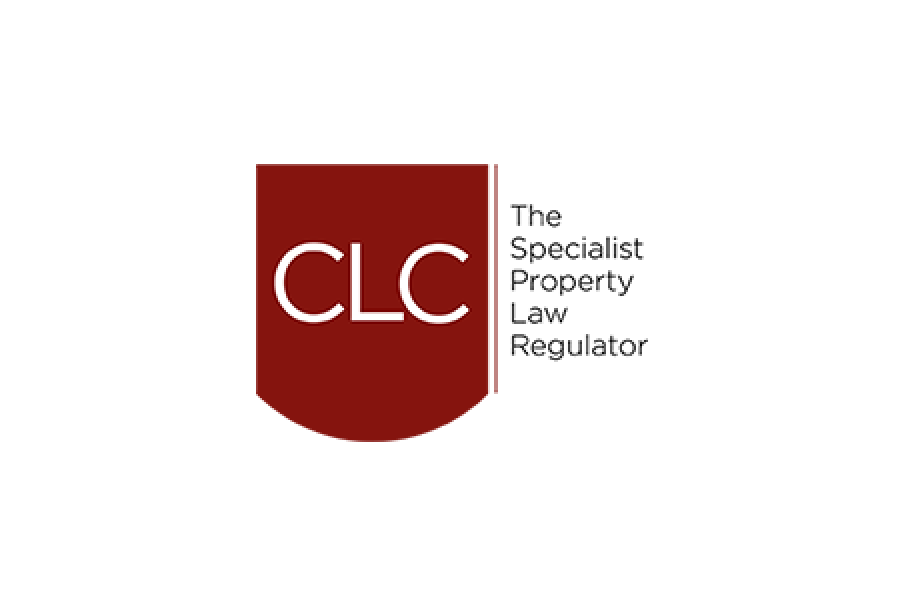Speaking at the recent Legal Eye Annual Risk & Compliance Conference in Birmingham, Amy Hayes and Sebastian Harrison, Regulatory Supervision Managers (RSM) at the Council for Licensed Conveyancers (CLC), laid bare the powers and practices of the regulator when it comes to inspecting firms.
Amy Hayes began by stating that the RSM is the “first point of contact” for practitioners. The main functions of the RSM is to deal with compliance, disciplinary issues and complaints. Hayes said a “large portion” was compliance, and the subsequent inspections, self-reports and intelligence that comes in, adding:
“We are seeing more and more cyber-attacks. You should get in contact with the CLC as soon as possible if something happens so we can guide you through the process. [These issues] are not going away and focus is only increasing.
We get a lot of enquiries from practitioners about all issues, and we are there to give advice on what they should do in certain circumstances.
Generally speaking, come to us if you have any concerns. If I’m doing a report, proactivity goes in a practice’s favour.”
On the timescale for conducting investigations, Hayes said:
“We generally conduct inspections on three-to-four-year rolling basis. This is different from the SRA. We can prioritise practices within the process, and it’s different with new practices – we go out there and see them within the first 12 months of coming into CLC regulation. Following that, it’ll be the three-to-four-year rolling cycle.”
The CLC conducted 71 inspections in 2019, 65 in 2020, 48 in 2021, and are forecast to conduct 65 in 2022. Of the 48 in 2021, 18 firms (37.5%) were found to be non-compliant with regulations. 27 out of the 65 in 2020 (41.5%) were also non-compliant.
On what firms can to do set themselves in good stead for an investigation, Sebastian Harrison said:
“When we put our heads together and think about these investigations, the one constant is preparation. It puts you in good stead [if you] get training in order, [as does] having suspicious activity reports in one place.
On policies – we see documents within firms referring to outdated legislation. You can take our information and policies and use it for your practice.
It’s good if all documents are presented in timely fashion, and if all staff are available to be spoken to, especially key role holders. We’d also look to have access to your CMS. Which files we review much depends on time constraints.
For conveyancers, we want to look at sales and purchase files. If you have commissions such as will writing and probate, we would want to see that too. If in doubt, self-report.”
If a CLC-regulated firm has any questions, the RSM is who they should ask. Hayes and Harrison both have around 60 practices in their portfolios and look to build relationships with them as they work together.
Hayes then went on to explain the practicalities of how an inspection works:
“A notice of inspection will come three weeks before inspection. It will be clear as to what’s required and what information/documents we want to see.
Once policies and procedures are sorted and the questionnaire is received back, it’s time for inspection day. We arrive around 9am leave 5pm. It’s an intense day so we try and avoid Fridays because of how busy they are in conveyancing – this doesn’t always happen though.
When we arrive, we expect to meet the COLP/COFA, owner of the practice, and key individuals. We expect staff to know about the inspection. To kick off, we hold an opening meeting. This is an opportunity to inform the practice of what we’ll be doing on the day, give feedback on what we’ve seen in desk-based review of policies, and [give the opportunity to] self-report at this point. We don’t want nasty surprises at the end of the inspection – we’d rather set these areas out upfront. There is no need to rush as we will give you the opportunity to work through things in a checklist style. We speak to individuals throughout the practice – what they do, how they’re supported, their understanding of regulations and rules and can also tailor particular questions depending on their role. This is for big practices. In smaller practices, we focus on the owners and COLP/COFA, but can also spend time with accounts staff.
After the accounts review, we look at files. A variety of files are looked at with a risk-based focus. This includes purchase files, sale files, grants of probate, wills. It’s helpful if fee earners are around. We try not to interrupt too much, but can raise particular queries as we go through things. We don’t expect people to be available all day, though.
There is then a closing meeting around 4pm. We give feedback to practices on what we’ve seen through files, accounts, interviews, supervision etc. There is a brief summary on inspection outcomes that we think will be in the report, though we don’t disclose whether they’re compliant or non-compliant – this is set out in the report. The meeting also acts to wrap up and offer a final opportunity for questions.”
Harrison concluded with what happens after the inspection:
“The inspection report is published and rated against the benchmarks within the CLC code: compliant, generally compliant, or non-compliant. If there is a finding of non-compliance in all sections, it’s likely the entire report will be found to be not compliant. However, we will act proportionately and not be punitive.
Unless you receive a completely compliant report – and I’ve not seen one yet – you will have actions. Some are at the discretion of the practice and might not constitute a breach of the code. We encourage a clear response to the actions, perhaps producing a table. Have a record of responses. We want it to be as quick and efficient as possible.
We also take into account circumstances and are sympathetic to requests for extensions to meet actions.
The report is then signed off, and we would see you three years afterwards if all goes well.”




















